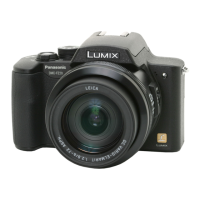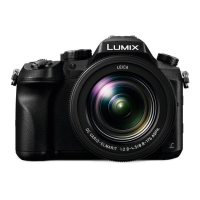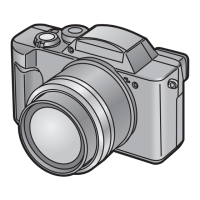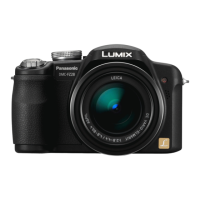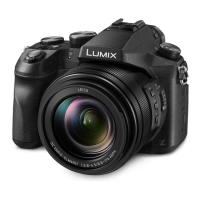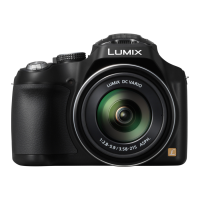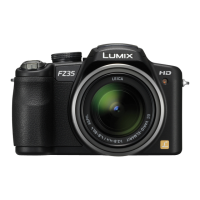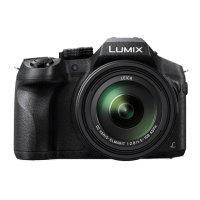45
In the exposure triangle, shown on the previous page, the entire
relationship is shown for the inter-relationship of ISO, Aperture and
Shutter speed. In the centre of the triangle is the perfect exposure which
will show as 0 EV on the camera exposure meter.
If we make modification to one element of the exposure we have to make
an opposite compensation to one or both of the other.
For example if we decrease the aperture from f4 to F8 (2 complete F-
stops or “EV units”) - this reduces the light entering the camera.
We then need to increase either the ISO by 2 EV or to decrease the
Shutter speed by 2EV to compensate.
(Or we could change each parameter by the 1EV - increasing the ISO by
1EV and reducing the Shutter speed by 1EV).
In the triangle we can see the effect of changing any element.
Changing ISO results in more noise if you increase it.
Changing Aperture affects the Depth of Field (DOF) - smaller apertures (
larger f-numbers) giving more DOF.
Changing shutter speeds affects both camera shake and subject
motion blur, longer exposures introduces more blur.
You have to evaluate which of these three parameters is the main
element in taking your image:
low ISO for lower noise.
higher shutter speed to reduce motion blur.
aperture size for shallow, or greater, DOF.

